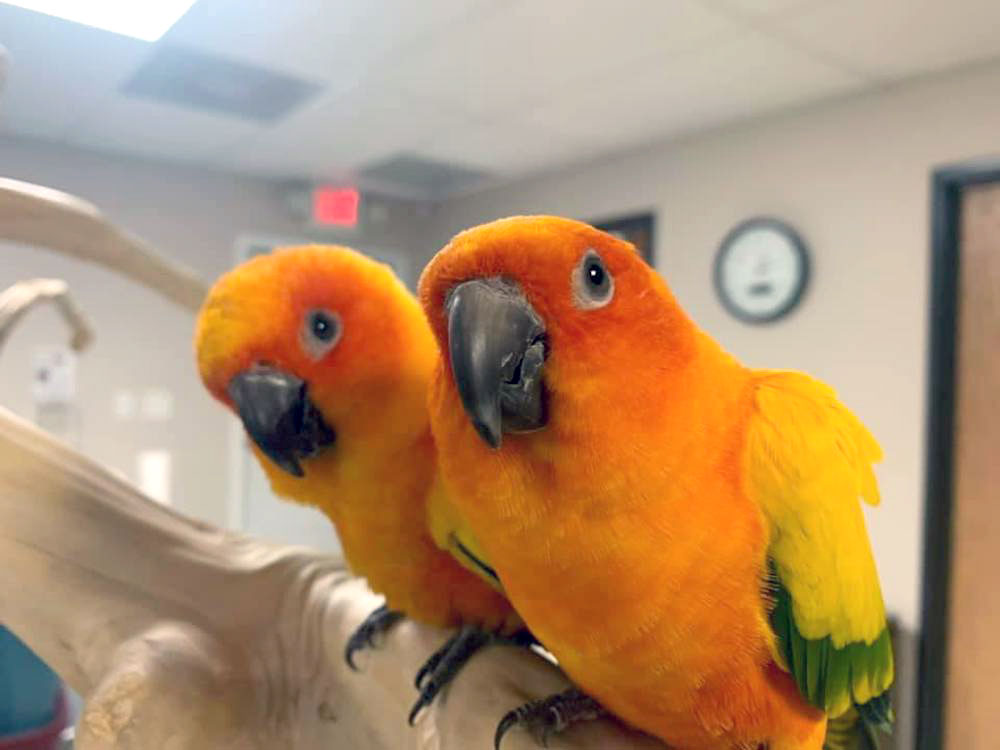Sold-out audiences gasp in amazement when Dr. Brian Greene shows up to talk about Albert Einstein’s Theory of Relativity. Greene is a rock-star scientist who wows audiences around the world with his talks on string theory and gravitational waves. He is the guest lecturer at the next Distinguished Speaker Series at Texas A&M University-Corpus Christi. The lecture begins at 8 p.m. Thursday, Oct. 19, in the Performing Arts Center, 6300 Ocean Drive.
A professor of physics and mathematics at Columbia University in New York City, Greene is well-known for his ability to explain complex scientific theory in a way anyone can understand. He will be discussing his own discoveries in superstring theory and how Einstein’s work is even more relevant in today’s world than ever before.
Although quite famous in scientific circles, Greene has become recognizable internationally through appearances on “The Big Bang Theory” and “The Late Show with Stephen Colbert.” He has cameos in Hollywood films, including “Frequency,” “Maze” and “The Last Mimsy.” He has written multiple bestsellers, two of which were adapted into multi-part PBS documentaries. He hosted them both.
“Dr. Greene is able to find the connections between high-level scientific subjects and the things we are used to seeing every day,” said Dr. Barbara Szczerbinska, professor of physics at TAMU-CC. Szczerbinksa [sh-ch-bin-ksa] was given the task of explaining string theory to a reporter.
“String theory is about all the fundamental forces that hold things together,” she said. “Instead of particles, string theory says that everything is held together by vibrating filaments of energy."
A visual concept, it can be thought of as the vibrating loop of filament in an incandescent lightbulb. She takes the concept all the way back to Sir Isaac Newton and his theories on gravity. When the apple falls from the tree, Newton could describe the strength between the apple and the ground but could not say how two objects attracted to each other knew about the other.
“How does the apple know that it is attracted to the Earth and not the sun or the moon,” Szczerbinksa said. “Einstein was the first one who proposed that the information about gravity is transmitted by the space around the objects.”
Understanding that takes another visualization: a Hula Hoop with elastic fabric stretched across it until it is perfectly flat. Now put an apple in the center; it will cause a dip in the fabric. Roll a marble onto the fabric, and it will begin to spin around the apple.
“True space behaves like that flexible fabric, which is a really big deal,” she continued. “The bending, the warping of the surface is transmitting information about gravity so objects understand what’s going on around them.”
From there, she goes into magnetism and a theory that space has more than three dimensions. In fact, she said, string theory states there are as many as 10 dimensions.
“When we are trying to learn about the universe, we are using waves of lights,” Szczerbinska said. “If you can detect gravitational waves, we can start looking at the university in a very different way. That means we can get to places we could not get to before. For us, that is awesome!”
Szczerbinksa said of Greene, “He has this great ability of talking and pointing out examples that people will know.”
Colbert called him “a bestselling author and all-around smartypants.” Greene seemed to enjoy the nomenclature. One of his many visits to “The Late Show” was in celebration of the 100th anniversary of Einstein’s Theory of Relativity, first published in 1916.
“Everything I’ve done in my entire career is trying to push forward on the path that Einstein first blazed 100 years ago,” Greene told Colbert.
In February of this year, scientists proved the theory works when billion-year-old sound waves of two black holes colliding finally reached Earth. The big picture is that this could prove the Big Bang theory, explaining how our world was first created.
A fun way to prepare yourself for the lecture is to check out a couple of Greene’s video clips, including two appearances on “The Late Show with Stephen Colbert” online.
Menu
- Vacation News
- Events
- Guides
- 101 Best of
- 101 Fun Things To Do
- Attractions and Activities
- Automotive Guide
- Beach Activities
- Beaches
- Best In Corpus Christi
- Business Spotlight
- Corpus Christi Living
- Dining Guide
- Eat and Drink
- Fiesta de la Flor
- Final Arrangements Guide
- Financial Guide
- Healthy Living Guide
- Home Improvement
- Insurance Guide
- Lawn & Garden Guide
- Legal Guide
- Medical Guide
- Museums & Culture
- Newstand
- Parks
- Party Planning Guide
- Personal Services
- Pilar
- Real Estate Guide
- RV Living
- Senior Living Guide
- Shopping
- Stay
- Tattoo Guide
- Texas SandFest
- Volunteer Guide
- Wedding Guide
- Worship Guide





